
Arnie faces an altogether different threat in John McTiernan’s jungle-bound classic
In his action heyday filmmaker John McTiernan was something of an artiste. He’d disappear from Hollywood entirely during the early noughties following a phone-tapping scandal that dragged on for more than a half-decade, a high-profile case that ultimately landed him some jail time, but for a period he was one of the action genre’s most exciting directors. For many, he’s probably best remembered for action high-point Die Hard, a movie that helped revolutionise the genre by putting personality above muscle. Ironically, Predator‘s marquee attraction was initially considered for the role of John McClane, and though we can thank our lucky stars they gave us a vulnerable Bruce Willis instead, Schwarzenegger was the industry’s biggest name back in 1987, a superstar who embodied the Reagan 80s more than any other actor. It’s hard to imagine anyone more befitting of a movie like Predator, for reasons that are obvious and otherwise.
McClane was a distinctly mortal everyman who audiences could relate to on a human level, but a year earlier McTiernan gave us another revolutionary action vehicle with a crowd-pleasing twist, one very much in the hypermasculine mode that still managed to defy expectation. Predator was no ordinary smash-mouth outing. A genre crossover which lured us into the safety of Hollywood’s most dependable biceps, the film would plunge us into a jungle of stifling uncertainty, adopting the form of a stalk-and-slash horror and keeping us very much in the dark as the usual musclebound mayhem simmered to a sweltering halt.
The film’s first act sees a group of elite mercenaries attempt a rescue mission in the South American jungle, choppering their way into battle to the sounds of Little Richard’s Long Tall Sally. It’s about as lighthearted as the film gets, the introduction of a group of bad ass soldiers who revel in the act of war perhaps a nod to the Vietnam movies of yore, only this was the late-80s, a time when non-discriminatory murder was typically met with hearty cheers, when action heroes used foreign enemies, daubed in the paper-thin delineations of a desensitised generation, as everyday target practice. Like countless late-80s action vehicles, a few heartless wisecracks and spectacular offings initially do the trick, but our band of warriors soon realise that the entire mission was a set-up to retrieve intelligence from captured operatives following the mysterious disappearance of a group of Green Berets, and that’s the absolute least of their worries.

Mainstream man-mountain Schwarzenegger once again portrays the kind of indestructible super soldier who ‘eats Green Berets for breakfast’, but the otherworldly creature he’s faced with makes for a battle against the odds that few of us saw coming. Even on a good day, screenwriters would struggle to make a quivering mass of muscles like Schwarzenegger appear mortal, but with Predator, screenwriters Jim and John Thomas did just that, upping the odds to levels beyond the boundaries of any earthly threat. For once, Arnie and his pack of larger-than-life warriors stumble upon a little introspection, and, for the most part, stumble upon it just a little too late.
Inevitably, Schwarzenegger’s character, Major Alan “Dutch” Schaefer, defeats the Predator, sparing his life in an act of humanity that almost costs him his own, but it was the alien warrior who was initially considered as a the victor, sparing his human adversary in return. Screenwriting siblings Jim and John Thomas even toyed with the idea of killing the movie’s protagonist. “Whether or nor Arnold and/or the Predator would actually die in the film was a major topic during script revisions,” John Thomas would reveal in an interview with Starlog Magazine. “Even though the basic theme was of one man being pushed to his limits and ultimately surviving, we toyed with the idea of the Predator defeating Arnold and letting him go and vice versa. But it was decided that somebody had to win and that you couldn’t have a satisfactory Hollywood ending unless the monster gets it in the end.”
As interesting as it would have been to see Arnie meet his demise against all expectation, it was hardly the ending to bolster his burgeoning mainstream career. By 1987, the former Mr Universe had evolved from a useless musclehead into one of the most charismatic stars in Hollywood. His starring role in 1982’s swords and sorcery fantasy adaptation, Conan the Barbarian, a film that perfectly utilised his Teutonic accent and hulking physique, kicked things off in theatrical terms, but it was his role in James Cameron’s sci-fi sleeper hit The Terminator that made him a household name, accentuating the actor’s naturally robotic mannerisms to devastating effect.
I ain’t got time to bleed.
Blain
Predator was the movie that solidified Arnie’s sci-fi status, his newfound position toppling commercial adversary Sylvester Stallone in the years that followed thanks to roles in Total Recall and Terminator 2: Judgement Day, the latter making more than half a billion dollars worldwide. In movie’s like Commando, the ‘Austrian Oak’ became the money-spinning mouthpiece for a plethora of crowd-pleasing one-liners, the actor endearing himself to audiences across the globe. Who else could take a perfunctory line like “Get to the chopper!” and transform it into one of the most iconic in genre history? As a personality, the guy was simply irresistible.

Despite its second act curveball, the opening of Predator is action through and through. McTiernan directs events like a man who’s swapped his camera for a rocket launcher, delivering the kind of blistering, hi-tech action that put the majority of his peers to shame. The filmmaker orchestrates such an opening siege that you don’t know where to look as vehicles explode and bodies go up in flames, an endless parade of faceless villains lining up for the slaughter like targets on a game of Whac-A-Mole. Close to 100 people die in that opening sequence alone. It’s absolute carnage.
Unlike the majority of Arnie vehicles released during the late 1980s, a time when hypocritical retribution was as inevitable as the Mexican sunshine, Predator isn’t just carnage for the sake of it. McTiernan bombards us with so much death and destruction that we’re immediately numbed-out, wired to the prospect of meaningless violence and one-dimensional storytelling to the extent that we’re almost on autopilot until political subterfuge drops a grenade in our laps, the film embracing genre in order to subvert it. After the film’s inciting incident, a show of treachery from Dutch war buddy and CIA operative Al Dillon, everything slows to a disconcerting crawl as macho insouciance becomes mystery, distrust, panic and ultimately sheer, unrelenting terror, our squabbling rabble picked off by an unseen presence that no amount of training can prepare you for, that no amount of blame can relieve you of. Sometimes there’s nothing left to do but accept defeat.
In an era of Cold War triumphalism and indestructible supermen, it was so refreshing to see a group of chauvinistic alpha males succumb to a foreign entity, such a nerve-shredding surprise to witness a patriarchal culture, teeming with beefed-up bravado, suddenly melt into a quivering mound of jelly. It immediately humanized our cast, and, more crucially for a film that taps into unidentified fears, cranked up the hopelessness and isolation, the very ingredients that make horror such a wonderful form of escapism. Predator received mixed reviews based on a supposedly paper-thin plot and weak characterization, but Dutch and his one-dimensional platoon are essential to the movie’s effectiveness, their all-too-familiar roles and the way in which they unravel accentuating the mystery surrounding the movie’s true star — and I’m not talking about Schwarzenegger.

Predator gives us a cast of All-American badassery reminiscent of the GI Joe action figure range. Richard Chaves’ explosives expert Jorge ‘Poncho’ Ramírez and Lethal Weapon screenwriter Shane Black’s radioman, Rick Hawkins, the latter cast solely to make uncredited script changes on the fly, are there to make up the numbers, but the rest of Dutch’s crew are a formidable outfit to say the least. Larger-than-life, World Wrestling Federation superstar and future Governor of Minnesota, Jesse ‘The Body’ Ventura, himself an ex-Navy seal and underwater demolition expert, plays minigun-wielding commando Blain Cooper, a hubristic, tobacco-chewing tough who delivers arguably the most iconic line in the entire movie ― a rarity in a Schwarzenegger vehicle. Another Arnie movie regular, Bill Duke, also bags a starring role as Blain compadre Sergeant Mac Eliot. Eliot begins as a soldier of unnerving cool, the kind who wipes the sweat from his skin with a razor before being confronted by McTiernan’s ‘moving jungle’, at which point he completely loses his shit, whispering sweet nothings to the moon as he looks to avenge the death of his fallen comrade. The colossal Sonny Landham, a monolith among giants, plays Native American tracker Billy Sole, a character who’s afraid of no man until actually faced with a being that he describes as ‘no man’. This movie is loaded with iconic quotes.
Attaining second billing is former Rocky star Carl Weathers, an actor who ditches the braggadocios Apollo Creed persona for a more surreptitious and ultimately redemptive role ― though his glistening biceps do result in one of the most homoerotic handshakes in all of cinema. Interestingly, the Predator movie was first pitched as “Rocky meets Alien” after a discussion between Jim and John Thomas, the two recalling a popular Hollywood joke about Cold War MTV absurdity Rocky IV, which suggested that Balboa would have to face an alien if a fifth movie was ever to materialise due to a lack of Earthly opponents. Ultimately, the infamous Tommy Gunn sufficed, but the fact that the handshake in question is reminiscent of Rocky III‘s ‘bromance’ ending is perhaps not as coincidental as presumed.
On the subject of mainstream muscle, Jean-Claude Van Damme was originally cast in the role of the Predator, the idea being that the creature would possess the kind of ninja agility befitting of a stealth assassin, but due to the musclebound profiles of our soon-to-be-humbled cast, strength was decided upon as the alien’s biggest attribute, and Van Damme just didn’t measure up. According to If It Bleeds We Can Kill It ― The Making of Predator, he also struggled to deal with the original alien suit in such sweltering tropical temperatures, an artefact so stifling it left him in a state of panic. Though just a stuntman at the time, you can’t help but imagine what it would have been like to see JCVD’s high-kicking antics take the form of a jungle-bound, alien warrior. Arnie may have dwarfed him in stature, and in all likelihood such an approach would have proven rather silly, but as a fan of 80s action it’s hard not to fantasise about such a prospect.

Discussing the whole ordeal, the future Timecop star would recall, “So I’ve got to go to this place and [the effects team] put me on [stilts] and start to melt the cast on me, you know. And it’s boiling hot. I’m a guy who likes to breathe, and now they’re going to do my head and everything, and I’ve got my friend next to me, and I said, ‘Man, I ain’t gonna make it. So they [put a tube in my mouth], and at that time to them I was just a stunt guy, right? And I was covered in that cast for at least twenty minutes, and they said, ‘if you feel like you can’t breathe just [motion with] your finger, and we’ll pull that stuff away from you. And I did, I started to panic, and [producer Joel Silver was asking], ‘Can you go five more minutes?’ And finally the cast came off. It was disgusting [shakes his head in dismay]. And my feet were in these casts, so when Joel asked me to jump… I said. ‘This is impossible, Joel, I think we’re gonna have a problem.’ And they replaced me with someone, and the guy who did my stunts, something bad happened to him. And then they stopped the film and made a safer outfit.”
The Predator’s eventual design is much more intimidating, one just as befitting of the horror genre, and despite the impermeable brawn exhibited in the film’s opening salvo, Predator quickly descends into horror territory, our musclebound cast sent fleeing through the jungle like clueless teenagers stumbling through the woods of some ill-fated summer camp retreat. The character has all the hallmarks of a slasher villain: a plethora of deadly weapons, a terrifying mask, an aura of ubiquity that allows it to be everywhere and nowhere; it even stalks its prey with POV meticulousness, only the creeping shadows and perverse breathing are replaced by warped audio soundbites and the kind of high-tech camouflage that borders on invisibility. We may not be able to identify the movie’s elusive threat, but we see what it sees, an abstract viewpoint that only adds to the sense of mystery and confusion. Only Arnie’s Dutch gets a proper look at the Predator’s actual form, but in many ways the creature’s almost spectral appearance, glimpsed in fragments earlier in the movie, is just as terrifying for a group of warriors who rely on identifying their enemies and studying their habits.
She says the jungle… it just came alive and took him.
Poncho
Special effects maestros R/Greenberg Associates went to great lengths to establish the eponymous hunter’s various alien abilities. The creature’s capacity for invisibility was achieved by having an extra wear a bright red suit that was removed using chroma key techniques. This process would leave an invisible space that was later animated after the take was repeated without actors using a 30% wider lens, the two combining to create a vague outline that brought the jungle to life in a kaleidoscope of abstract greenery and refracted light.

Less complex but equally creative effects saw the use of an intrametric video scanner to achieve the Predator’s thermal vision after a failed experiment with infrared film, the neon effect of the alien’s blood accomplished by extracting the green liquid from glow sticks and mixing it with personal lubricant. Neon was everywhere in 80s cinema, but rarely was it more memorable. Rotoscoped animation was also used to create the spark effects that saw the alien transition from invisible to visible as its stealth mechanism begins to falter prior to the film’s final battle. It may seem a little underwhelming by today’s standards, but all of this contributed to one of the most sophisticated, state-of-the-art creations the science fiction genre had ever seen, a monster that impressed before we’d even laid eyes on it in the traditional sense.
The mystery surrounding the Predator may establish the movie’s knife-edge tension, but it’s the dissolution of the platoon’s once-implacable resolve, succumbing to the intangible skills of otherworldly horror, that sustains it. Predator delivers balls-to-the-wall action in the McTiernan mode, but the film’s deaths have horror movie written all over them. From the moment our band of ill-fated soldiers stumble upon a group of skinned-alive comrades, their bodies hanging like dogs in the window of a Korean butcher, the torrid stench of death hangs thick and heavy — you can almost taste the metal. As our ill-fated comrades scurry for a glimpse of the ethereal monster picking them off as if by magic, arms are torn clean off, stomachs are scorched out, faces are Jackson Pollocked. Other times, like the moment when Landham’s monolithic warrior decides to stay behind and face his proverbial brother’s killer, all you hear are the feral screams of a species doomed from the outset. The film excels in the gore department, but just as effective are those fatal acts we don’t witness, or the moment when female insurgent and unwilling hostage Anna Gonsalves sits catatonic, too scared to flee having seen what her captors, and we the audience, are yet to. Sometimes horror is best left to the imagination.
Until the movie’s spectacular, one-on-one finale, Predator lives and dies by its sense of mystery and slow reveals, the very reason why a series of inevitable sequels and reboots have always failed to live up to the original. Like Michael Myers before it, a character who almost single-handedly popularised the slasher genre and its various tropes, the character thrives on less-is-more until finally coming face-to-face with its nemesis. Predator 2, the best of a mostly lousy bunch, kept things relatively fresh by switching the jungle with its urban equivalent, by swapping Arnie for Danny Glover, (the star had smartly pledged himself to James Cameron’s Terminator 2), but some concepts are impossible to replicate with nearly the same impact, regardless of how many superficial crossovers and high-tech CGI reboots you contrive to concoct, and the original Predator is certainly one of them.

Conversely, resourcefully, Predator succeeded by playing with multiple formulas, dropping action, sci-fi and horror into the proverbial blender and switching the dial to ‘purify’. By moving horror to the action-packed jungle, using then going against type and shifting science fiction from the celestial canvas of outer space, the film smashed convention by essentially being multi-conventional, turning a potentially derivative movie into a fresh and innovative spectacle. If the first two acts gave us all-out-action and souped-up slasher tension, then the movie’s final act was the cowboys-at-dawn showdown we were all anticipating. Nobody had ever tested Arnie’s resolve to such a degree, and as a consequence the actor managed to project something close to everyman humility, a characteristic the McClane character would take to new and refreshing levels the following year.
For Arnie’s first lead role that actually carried a fair whack of audience expectation, Mark L. Lester played it much safer by giving us Commando‘s suitably indestructible John Matrix, a retired special-ops demigod who took on an entire army with a ludicrous lack of tactical expertise. With Dutch, McTiernan gives us a more industrious version of the same indestructible archetype, his character humanised by an unknown entity of vastly superior strength and technology. The movie’s final battle is a gruelling one, Dutch adopting the kind of primordial savagery that recalls such dehumanising works as William Golding’s Lord of the Flies, our hero ultimately outwitting the superior tactical training adopted by a technologically advanced civilisation by going back to basics. All of that tension and intrigue is further bolstered by the film’s heart-pounding score, composer Alan Silvestri, fresh off the hugely successful Back to the Future and new to the action genre, capturing the treachery and uncertainty of the jungle’s seemingly lawless terrain. By the movie’s end, it feels like you’ve been dragged through the trenches backwards, and that was certainly the case for Schwarzenegger and company.
Filmed in the unpredictable jungles of Mexico, the shoot was notoriously difficult beyond Van Damme’s initial trials and tribulations. Most of the cast and crew suffered from diarrhoea due to a lack of water purification, but worse problems came as a result of their unforgiving terrain. Unbearably low temperatures made the filming of that final battle incredibly uncomfortable for all involved, as did the foul-smelling water and a plethora of parasitic bugs and leeches lining up to take a chunk out of our multimillionaire superstar. Arnie would even perform one of five spectacular waterfall stunts required for the film, the actor falling approximately 50 feet, another take leaving his stunt double with a broken knee. But the star’s biggest challenge came in the form of the Predator’s costume, which, though already modified for reasons of practicality, made it impossible for actor Kevin Peter Hall to see. Not only did this result in painstaking retakes that required Hall to memorise his surroundings, it led to a particularly arduous physical battle that went beyond the realms of fantasy. What you see onscreen is far more real than you may have presumed.
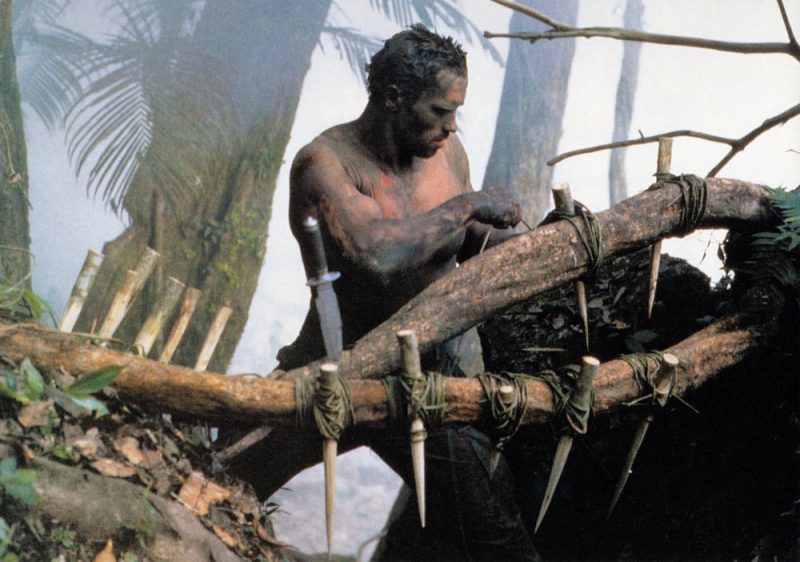
“The way it always works in films is, that the more fun it is for the audience to watch — the more entertaining it is for the audience to watch — the more miserable it is for us actors to go through this whole experience of making the film,” Arnie would recall, grinning with his trademark impudence. “[Predator] was a very torturous experience in many ways because whenever you do a film in the jungle, you know already ahead of time what you’re getting into. You get into a lot of heat, humidity, very tough terrain, doing strange stunts, going over waterfalls, swimming with your gear on, climbing up trees, and propelling down from helicopters and stuff like that, so you really have to prepare yourself physically, really well, and do a lot of acting work and rehearsals and so on. So it wasn’t an easy shoot; it’s very dangerous when you shoot with the explosives they have in the film, and all this action, and then being attacked by these weapons that this alien creature has. It was not easy.”
There’s something out there waiting for us, and it ain’t no man.
Billy
Quite the physical and emotional journey, but one that translates to the screen in a way that makes it all worthwhile. Simply put, Predator is one of the defining movies of the 1980s; perhaps second only to The Terminator and Terminator 2: Judgement Day as the career-high role of the decade’s most celebrated action star, but just as valuable was the movie’s less recognisable star, the one responsible for a series that has taken a combined $741,185,941 at the worldwide box office and counting. As a bankable franchise asset, the Predator takes some beating, and its mostly in the aesthetics of one of cinema’s most memorable cosmetic creations.
It’s hard to recall a character as effectively presented as the original Predator, a dreadlocked hunter who towers absolutely, a pure titan who lives for battle, who pursues with the same predatory instincts as a shark or a jungle cat. It helps that McTiernan and his crew exhibit the care and patience that goes into delivering the very best horror antagonists. Much like Ridley Scott’s Alien, we’re given glimpses of an omnipotent presence, a chameleon as elusive in the light of day as he is in the dead of night. McTiernan teases with vague forms and impressions, but at some point you must deliver on a purely physical level if you’re to avoid unravelling all the good work that came before, and boy does the film deliver when the time comes.

As you can probably gather from the whole Van Damme debacle, the Predator’s design didn’t happen overnight. Images of that original conception, a bug-eyed creature with the lithe structure of a muscular reptile, was considered to be, beyond its obvious impracticalities, just not that scary. Having experienced his makeup and practical effects genius first-hand, Arnie would recommend industry legend Stan Winston, the man responsible for The Terminator‘s iconic exoskeleton. Winston would even confer with fellow collaborator James Cameron, who’d always imagined creating a monster with mandibles prior to the Predator’s final design.
That design is nothing short of iconic, but there are other aspects that make the Predator such a winning attraction, the screenplay forging a character that we can truly buy into on a level beyond pure, visceral wickedness. The creature’s armour still looks fantastic today, a belt of trophy skulls only adding to its fearsome aura. Its high-pitched, guttural sounds are a science fiction upgrade on the heavily breathing stalk-and-slash killer the movie borrows from so effectively; its face, landing somewhere between an Alien Facehugger and a clawed vagina, unsettling on a fundamental, almost subconscious level. It lives up to its horrific appearance too, possessing the strength and dexterity of a simian and sporting the kind of curmudgeon scowl that just begs for you to mess with it. It’s also a creature of vast skill and intelligence, with an adaptable nature that’s beyond any Earthly opponent. For me, the Predator’s design is second only to H.R. Giger’s fearsome xenomorph.
Crucially, the Predator possesses a sense of honour, something that’s typically absent from extra-terrestrial villains. It is mean and monstrous yet vaguely human, both in its physical appearance and its adoption of a moral code. Monsters like the xenomorph are primal creatures with a remorseless appetite for destruction, the kind that transcends even insect politics, but the Predator is a soldier at heart, a species who sees anyone with a weapon as fair game, while those who are unarmed remain untouched as a rule. It’s a fascinating deviation that reveals empathy, an emotional and moral imagination that separates humanity from animals; a characteristic that prevents the Predator from becoming sub-human, that allows us to identify with it beneath the visual grotesquery. In Arnie’s Dutch, the creature finds an opponent who is worthy of his abilities, and as a final show of respect opts for a battle of wits fuelled by honour and propriety rather than finishing him off as soon as the opportunity arises. After all the horror and the ruthlessness and the bloodshed, we finally see the Predator for what it is: an authentic warrior with upstanding principles; a creature as deserving of our fear as it is our admiration.
Director: John McTiernan
Screenplay: Jim Thomas & John Thomas
Music: Alan Silvestri
Cinematography: Donald McAlpine
Editing: John F. Link &
Mark Helfrich






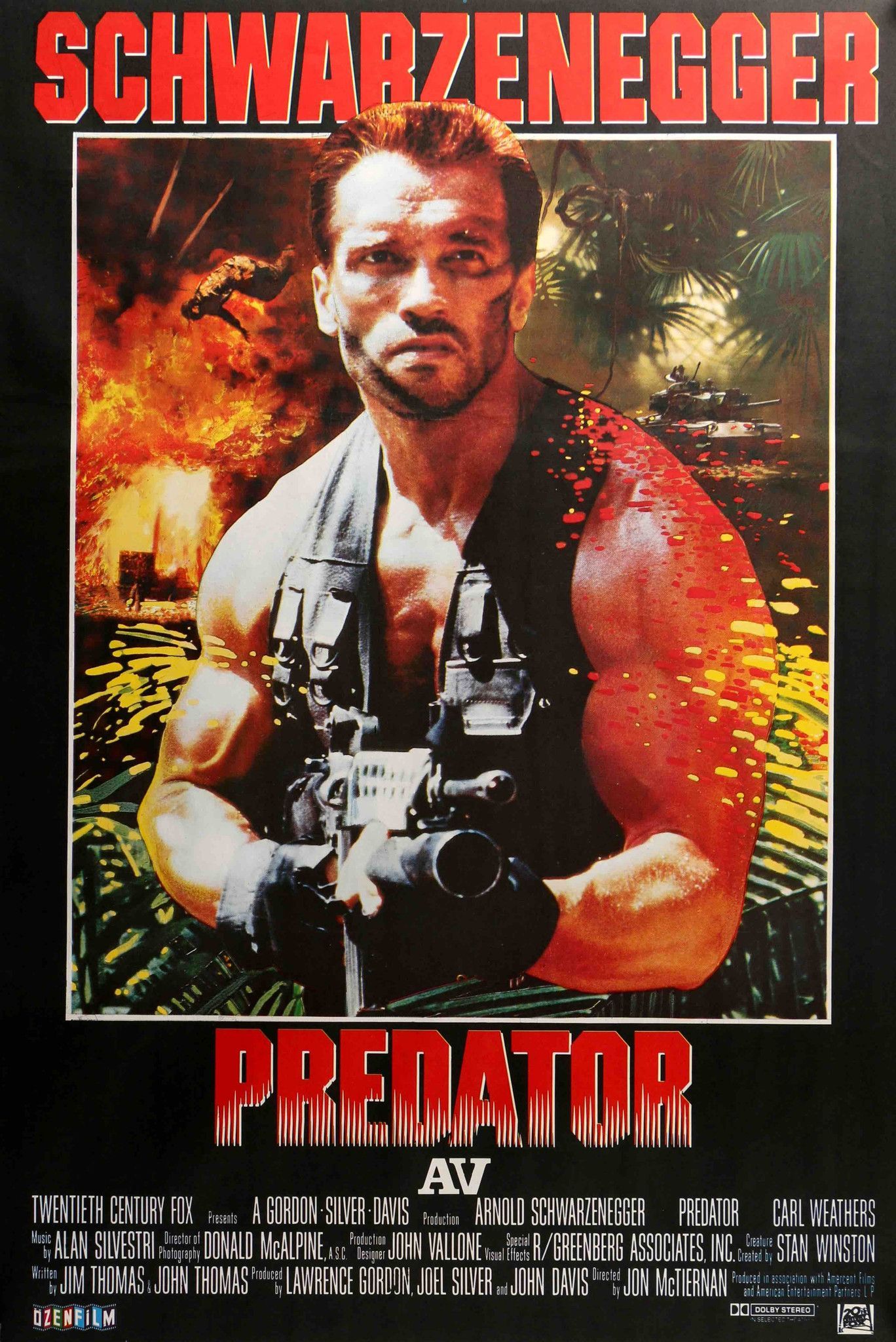




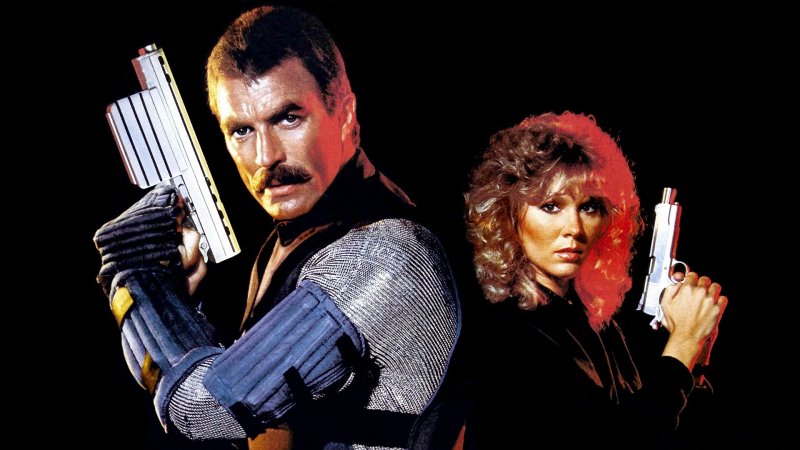





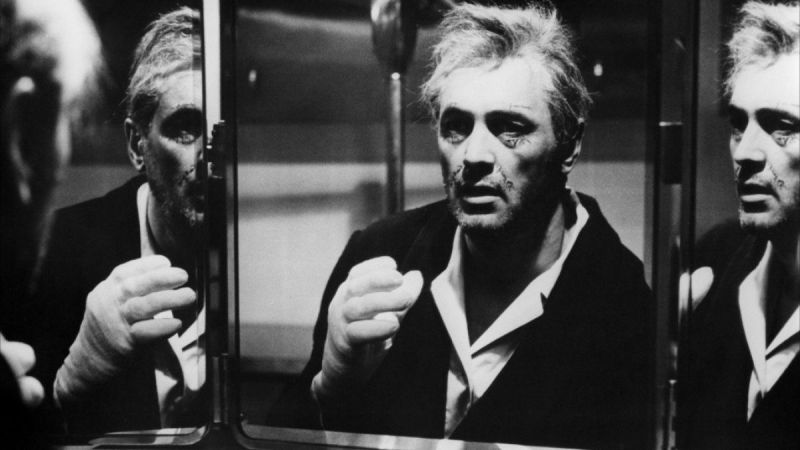

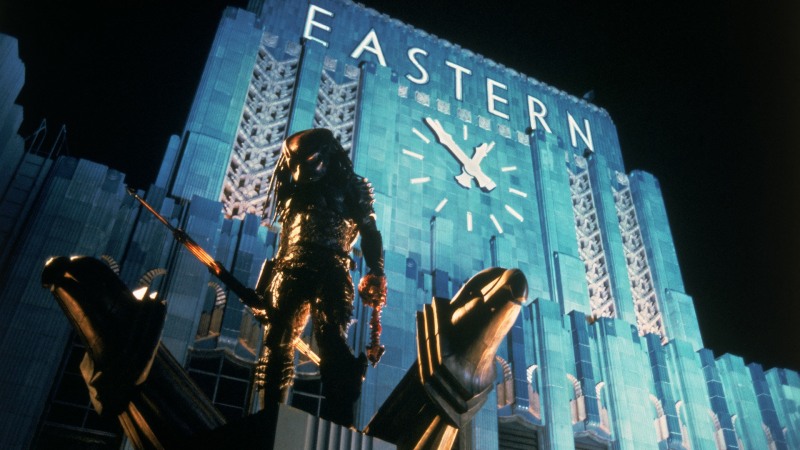
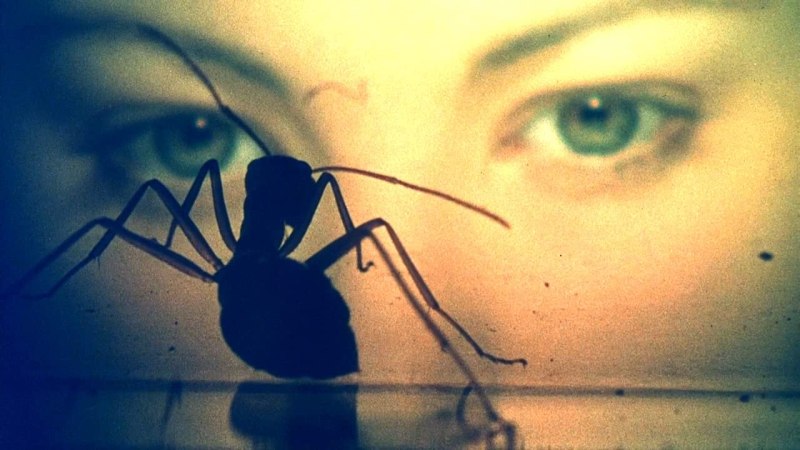
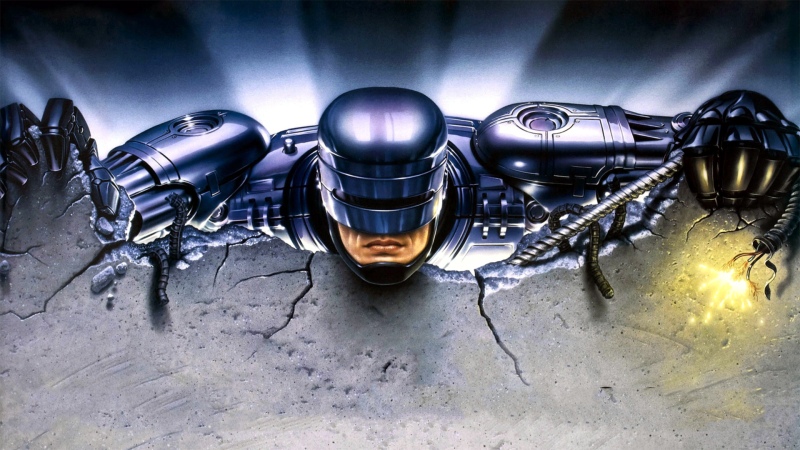
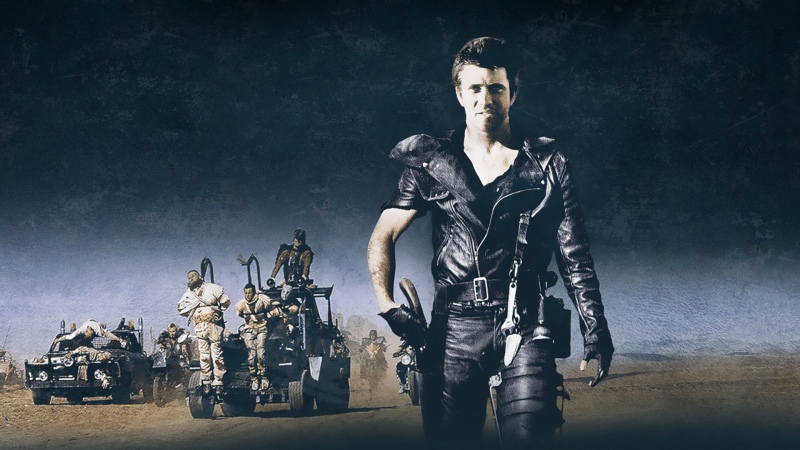

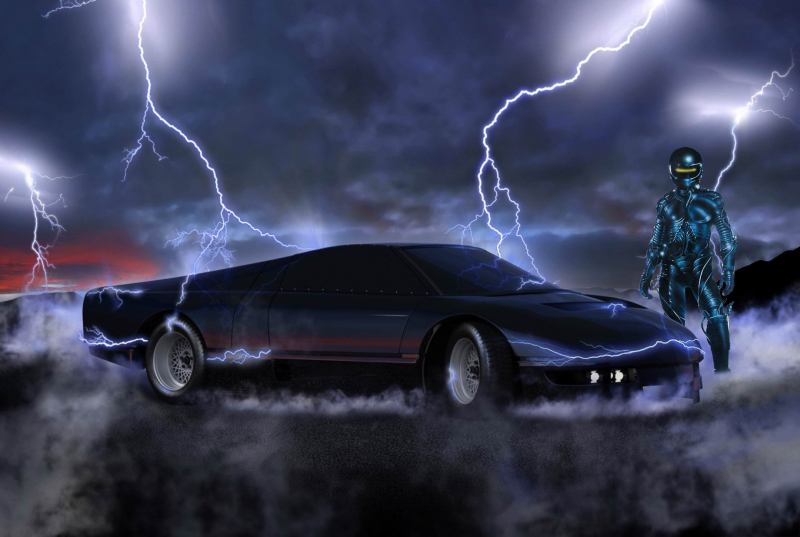


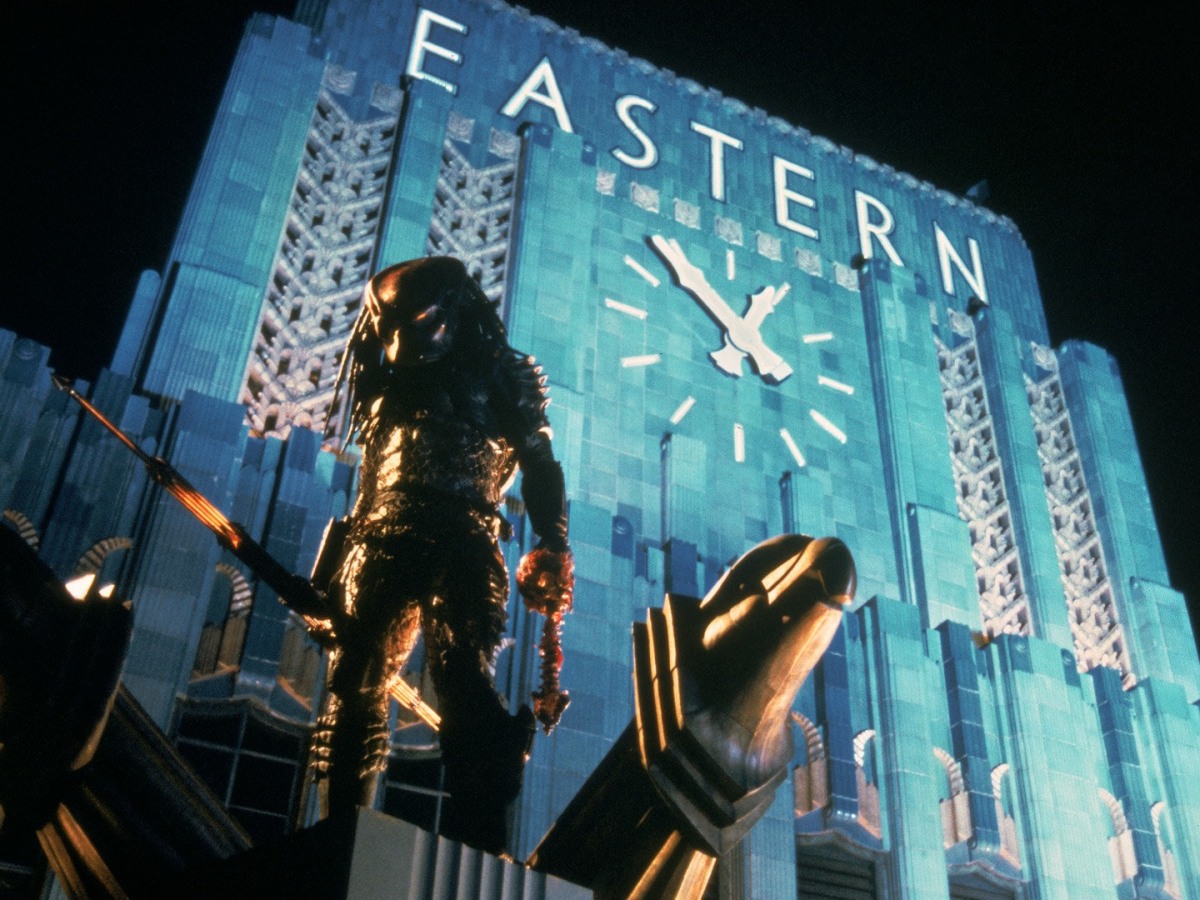











Fantastic look back at the Predator movie. This is still one of my favourite sci-fi horror films! Schwarzenegger is perfectly cast and the sense of mystery that builds through the first half of the film, right up to the showdown with the Predator itself is a. brilliantly staged and filmed. So glad Van Damme didn’t suit of the role of the Predator, can’t imagine that that would’ve been like!
LikeLiked by 1 person
Thanks Paul
I know, right! I’m not keen on the original design of the Predator either. Much prefer the dreadlocked version. Absolutely fearsome.
LikeLiked by 2 people
For sure, the dreadlocked design for the Predator is perfect, rounds off the alien creatures look perfectly.
LikeLiked by 1 person